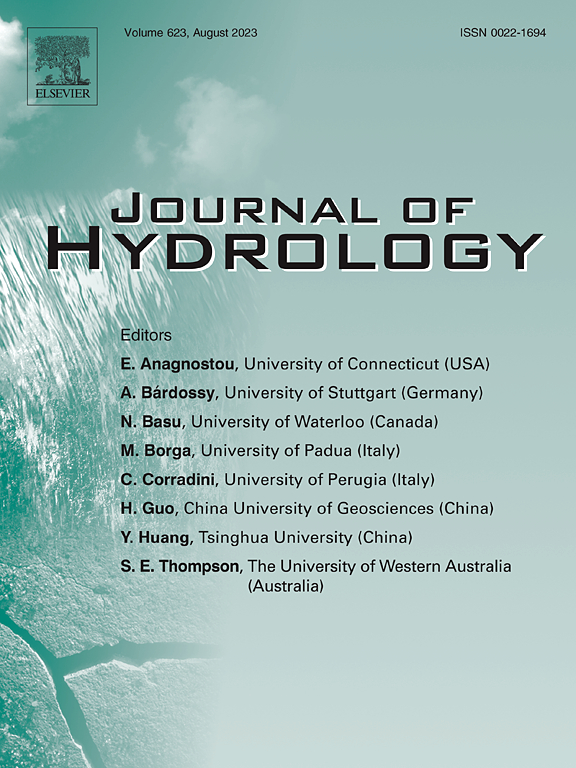A model for predicting permeability evolution of organic-contaminated clays capturing corrosion effect
IF 5.9
1区 地球科学
Q1 ENGINEERING, CIVIL
引用次数: 0
Abstract
The effect of organic corrosion on the permeability of clay has been recognized, however, a quantitative characterization and the underlying micro-scale mechanisms remain inadequately understood. Drawing on damage theory, this study introduces a corrosion variable to quantify the corrosion degree of organic contaminants on the meso-scale fabric of clays (e.g., macro pores and aggregates). The corrosion variable is calculated through a novel corrosion evolution law, which incorporates van der Waals force, double layer force and contaminant volume fraction. On these basis, permeability evolution model for organic-contaminated clays is then derived by introducing connected pore ratio and effective specific surface area. Model performance is assessed with experimental data sets encompassing 18 clays and 21 organic fluids. Pore structure tests including scanning electron microscopy (SEM) and Mercury intrusion porosimetry (MIP) tests also indicate that meso-scale transformation is consistent with the observed increase in permeability tests. The superiority of the proposed model can also be found from the comparison with existing models. Finally, the model is further applied successfully to a laboratory-scale one-dimensional flow simulation, tracking the evolution of the saturated hydraulic conductivity under sequential permeated with water, ethanol, and benzene in clays.
有机污染粘土渗透演化模型研究
有机腐蚀对粘土渗透性的影响已经被认识到,然而,定量表征和潜在的微观尺度机制仍然没有得到充分的了解。基于损伤理论,本研究引入了一个腐蚀变量来量化有机污染物对粘土细观结构(如宏观孔隙和聚集体)的腐蚀程度。通过考虑范德华力、双层力和污染物体积分数的腐蚀演化规律计算腐蚀变量。在此基础上,引入连通孔比和有效比表面积,建立了有机污染粘土渗透率演化模型。使用包含18种粘土和21种有机流体的实验数据集评估了模型的性能。包括扫描电镜(SEM)和压汞法(MIP)在内的孔隙结构测试也表明,细观尺度转变与渗透率测试观察到的增加一致。通过与现有模型的比较,也可以发现该模型的优越性。最后,将该模型成功地应用于实验室尺度的一维流动模拟,跟踪了粘土中水、乙醇和苯序贯渗透下饱和水力导率的演变。
本文章由计算机程序翻译,如有差异,请以英文原文为准。
求助全文
约1分钟内获得全文
求助全文
来源期刊

Journal of Hydrology
地学-地球科学综合
CiteScore
11.00
自引率
12.50%
发文量
1309
审稿时长
7.5 months
期刊介绍:
The Journal of Hydrology publishes original research papers and comprehensive reviews in all the subfields of the hydrological sciences including water based management and policy issues that impact on economics and society. These comprise, but are not limited to the physical, chemical, biogeochemical, stochastic and systems aspects of surface and groundwater hydrology, hydrometeorology and hydrogeology. Relevant topics incorporating the insights and methodologies of disciplines such as climatology, water resource systems, hydraulics, agrohydrology, geomorphology, soil science, instrumentation and remote sensing, civil and environmental engineering are included. Social science perspectives on hydrological problems such as resource and ecological economics, environmental sociology, psychology and behavioural science, management and policy analysis are also invited. Multi-and interdisciplinary analyses of hydrological problems are within scope. The science published in the Journal of Hydrology is relevant to catchment scales rather than exclusively to a local scale or site.
 求助内容:
求助内容: 应助结果提醒方式:
应助结果提醒方式:


